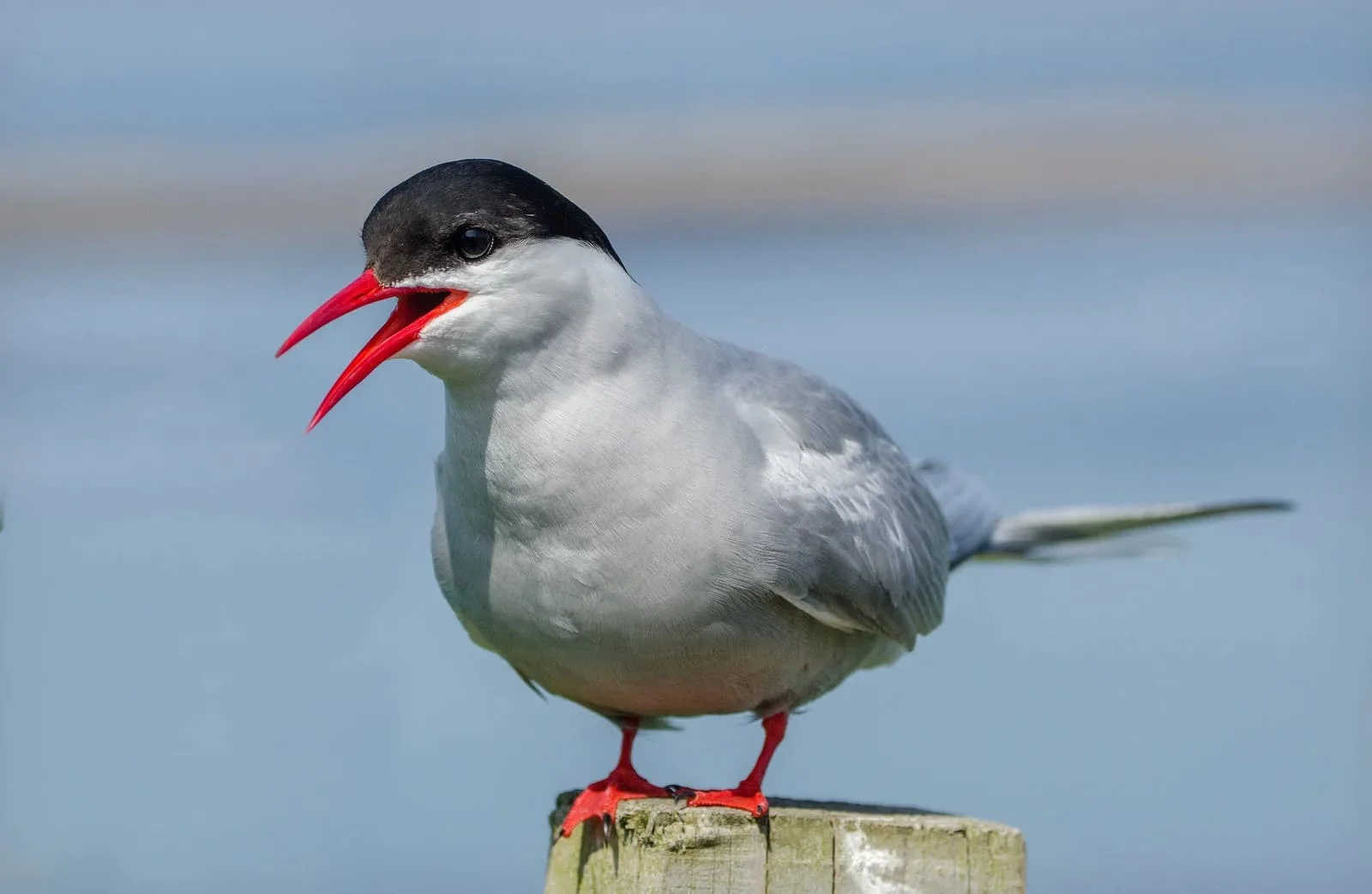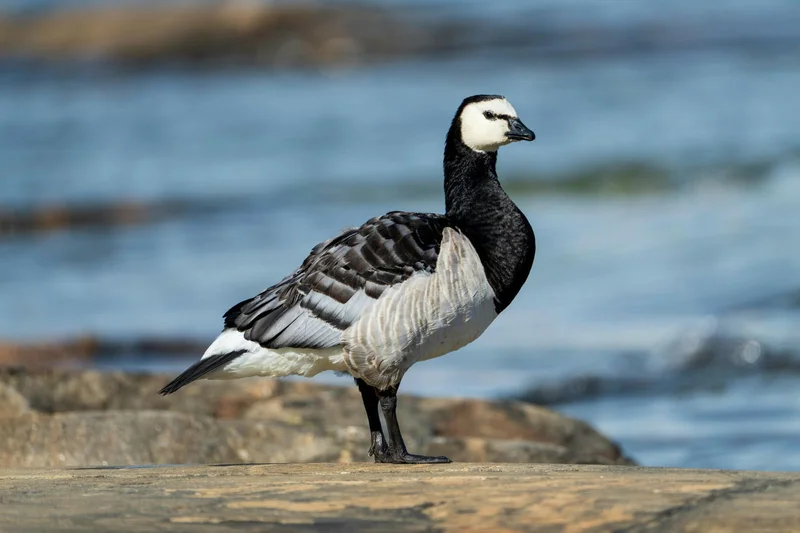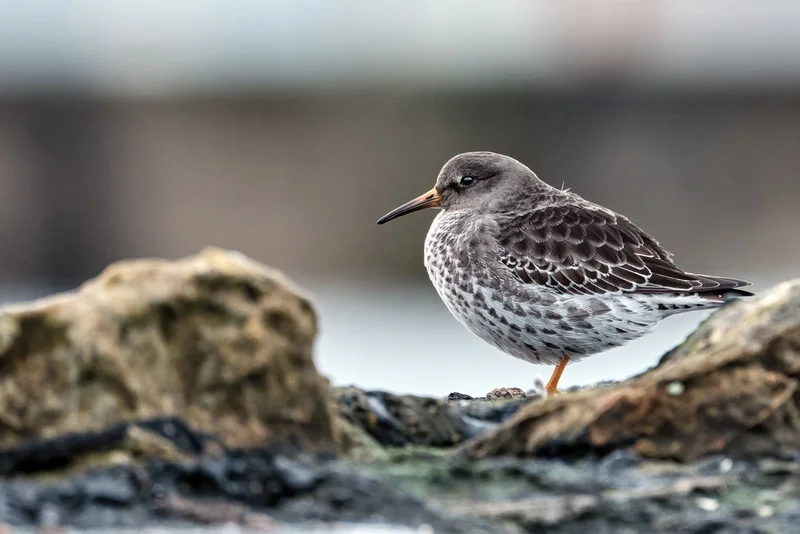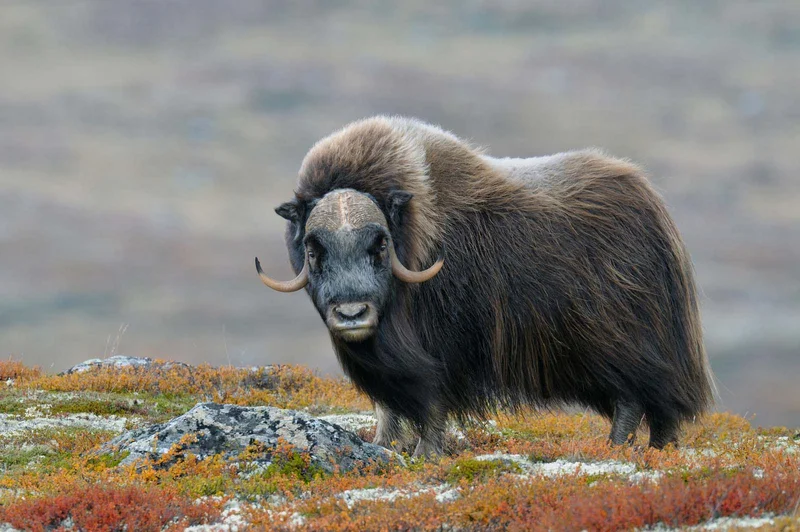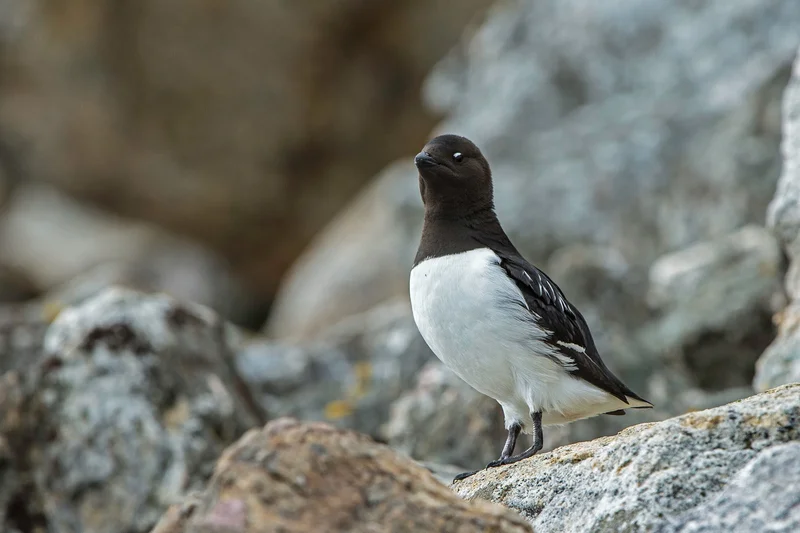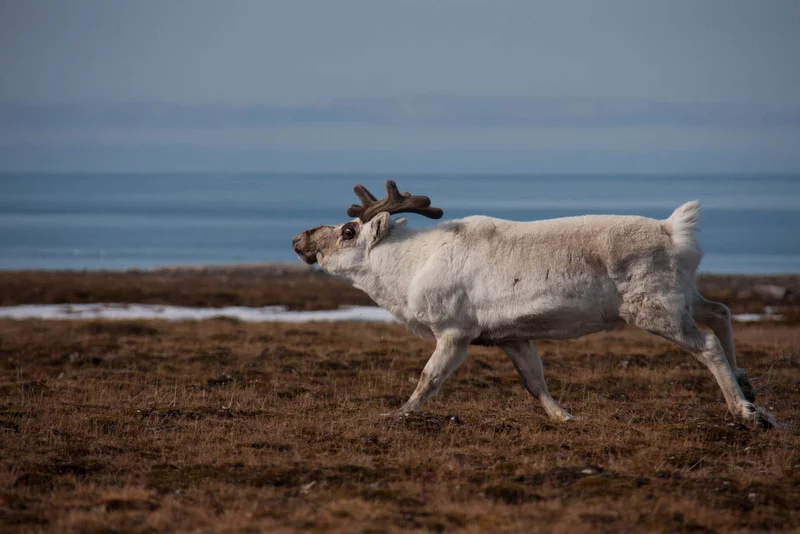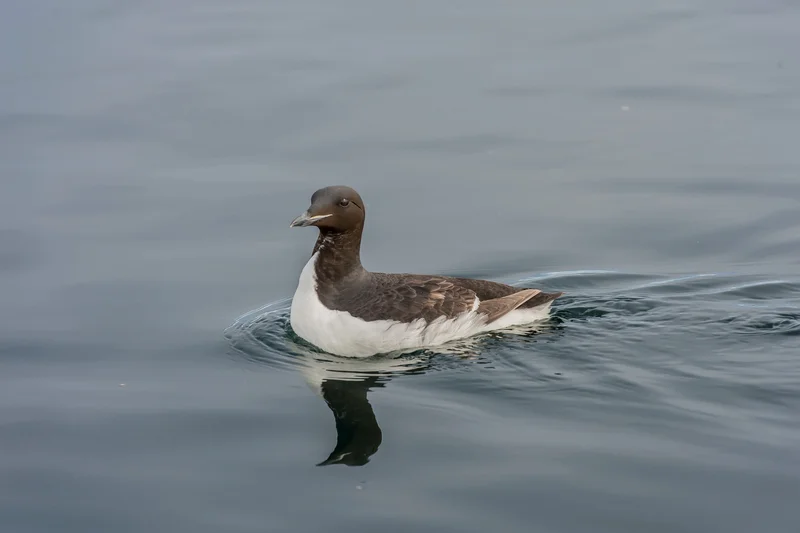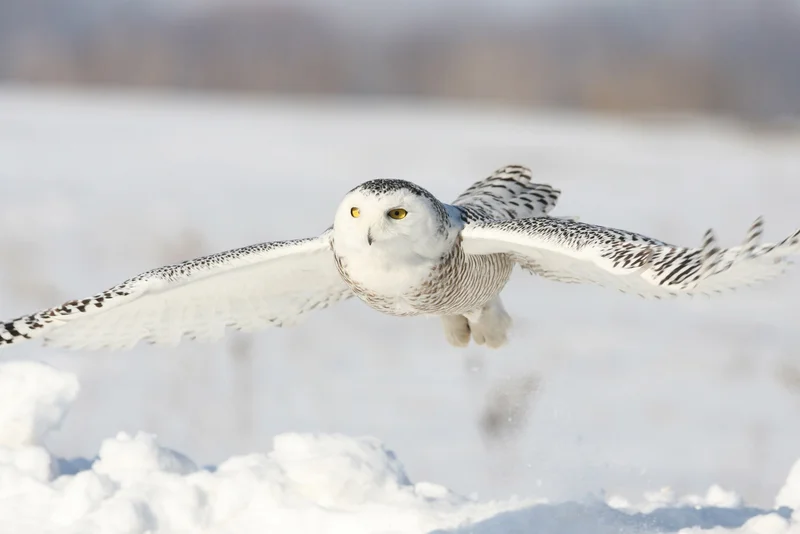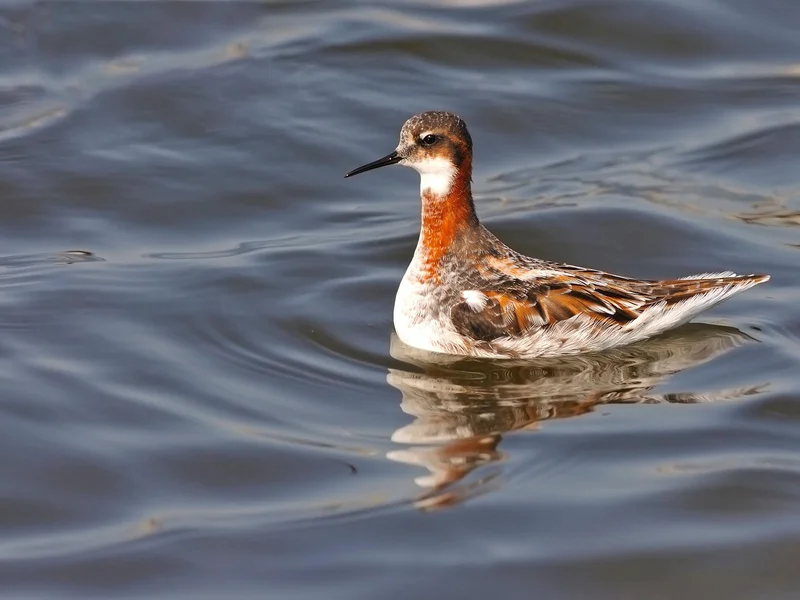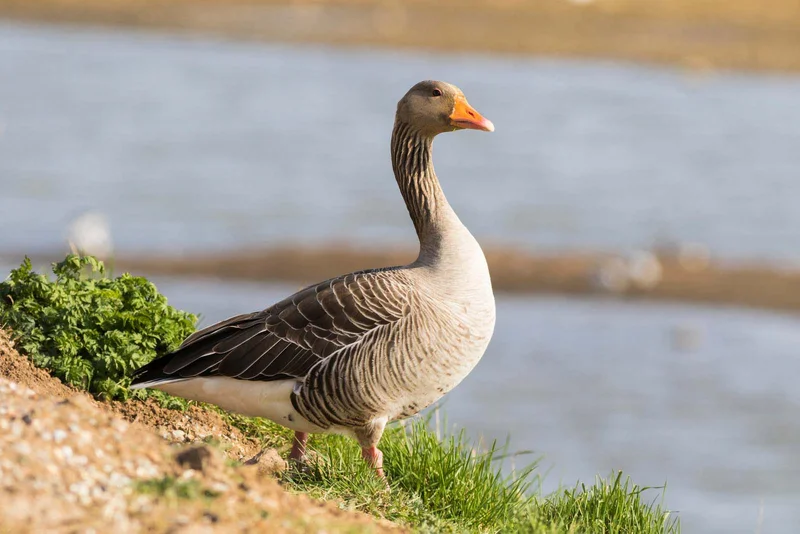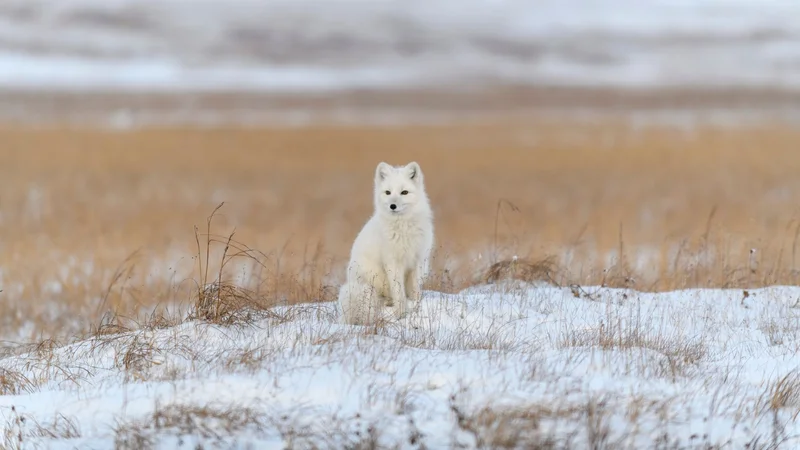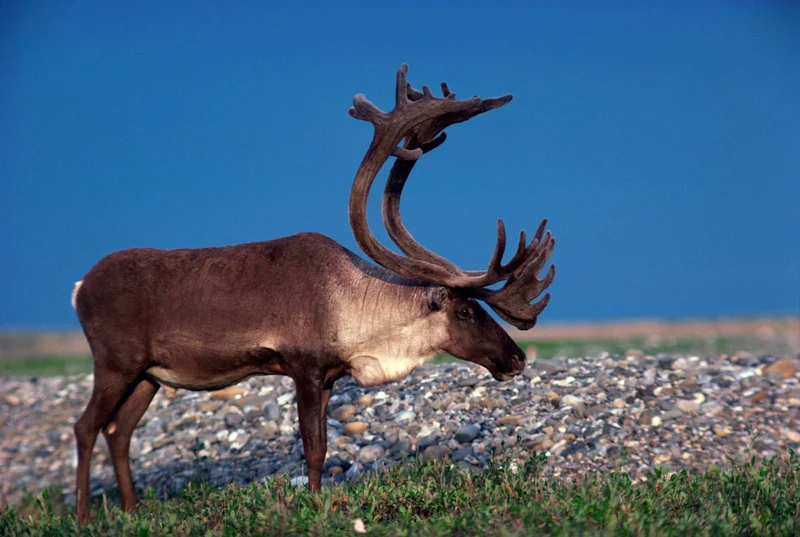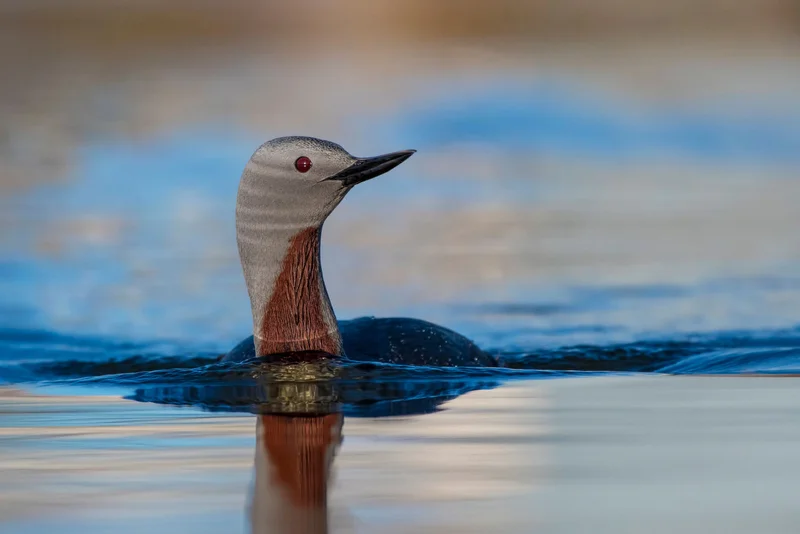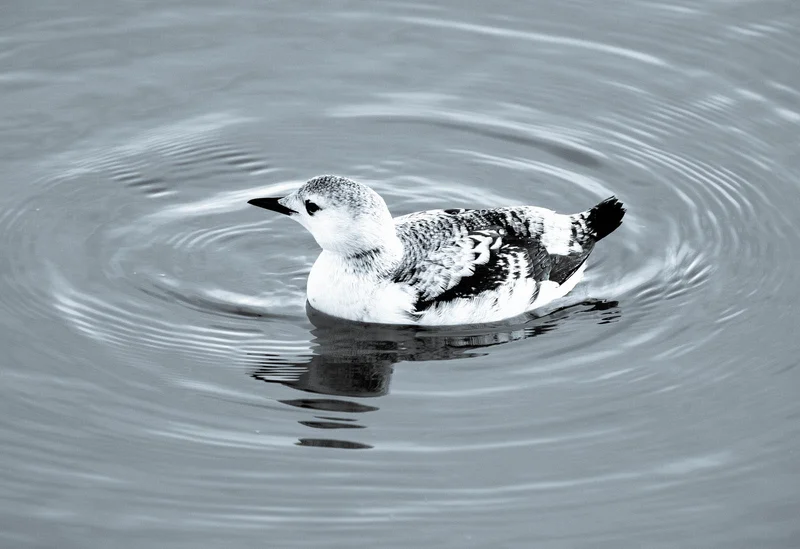Essential Arctic Tern Information
The Arctic Tern is one of the most remarkable migratory birds, breeding in the Arctic during summer and traveling over 12,000 miles to the Antarctic for the southern summer. This journey allows the Arctic Tern to experience two summers each year, making it the animal with the most daylight exposure.
Migration and Journey
The Arctic Tern’s migration is the longest of any bird, with many individuals traveling over 40,000 to 50,000 miles annually. Newly fledged chicks also undertake this immense journey, with tracking data showing some terns travel up to 14,000 miles just months after fledging. These birds spend most of their migration far offshore, making sightings outside of the breeding season rare.
Physical Characteristics
The Arctic Tern is a medium-sized bird with a distinctive appearance. It has a dark red beak, legs, and feet, with a deeply forked tail. Its head is capped with black, while the upperparts are grey, and the body is mostly white with some grey shading.
Nesting and Behavior
Arctic Terns nest in large colonies, laying their eggs in small ground depressions. They are fiercely protective of their nests and chicks, often attacking any intruders, including humans, with boldness. While not large enough to cause serious harm, they are known to successfully deter predators such as foxes, cats, and even polar bears.
Conservation and Lifespan
These birds can live for over 30 years, and over their lifetime, they may travel more than 1.3 million miles, which is about three times the distance from the Earth to the Moon and back. Despite their long migrations, Arctic Terns are currently not considered endangered.
Interesting Facts
- Longest Migration: Arctic Terns have the longest migration of any bird, covering up to 50,000 miles annually.
- Double Summer: These terns experience two summers every year, thanks to their long-distance migration.
- Aggressive Defenders: They are highly protective of their nests and can even attack polar bears and other predators.
